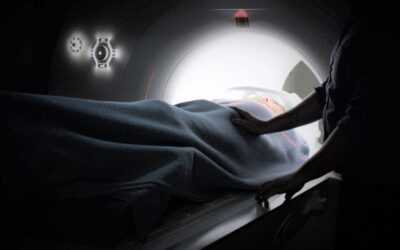UP TO 40% OF DEATHS THAT OCCUR IN ITALY COULD BE PREVENTED WITH A VISIT TO THE CARDIOLOGIST.
Diseases of the cardiovascular system are responsible for 40% of the deaths that occur each year in our country.
In common opinion, the immediate association between heart disease and heart attack is all too common.
In reality, the glossary of cardiovascular diseases is much more varied and includes a wide range of heart diseases (congenital or acquired), first and foremost arrhythmias: alterations of the normal heart rate, mostly completely silent, that can occur as a result of a situation of increased adrenaline, for example, during sustained physical activity.
Taking the right preventive measures is, in such cases, the only way to avert the occurrence of dramatic events.
DR. LA ROSA, HOW DO YOU DO PROPER PREVENTION AGAINST CARDIOVASCULAR DISEASE?
IS IT APPROPRIATE TO DISTINGUISH BETWEEN MEN, WOMEN, CHILDREN AND THE ELDERLY?
The topic related to cardiovascular disease prevention is more complex than one might think.
First of all, when talking about cardiovascular risk, it is necessary to distinguish between non-modifiable risk factors (familiarity, age and sex) and modifiable risk factors (hypertension, diabetes mellitus, dyslipidemia, obesity, smoking, sedentary lifestyle).
Although not an exact science like mathematics, in cardiology it can be said that the risk of heart disease increases proportionally to the number of risk factors to which one is exposed.
Prevention therefore aims to limit as much as possible the occurrence of risk conditions.
SPEAKING OF PREVENTION: IS LIFESTYLE REALLY AS CRUCIAL AS IT SEEMS?
A cardiologist will never tire of repeating that lifestyle is key.
Regular physical activity, the abolition of tobacco smoking, and a balanced diet all improve cardiac performance and reduce the risk of adverse events.
IN YOUR EXPERIENCE, CAN WE SAY THAT THERE IS A GOOD CULTURE OF CARDIOVASCULAR PREVENTION IN OUR COUNTRY AND IN SICILY?
It seems to me that we are quite far from the ideal.
In fact, I think the new generations are doing worse in some ways than the previous ones.
I see overweight children replacing regular physical activity with time spent on TV, tablets and smartphones.
And I think the nutrition aspect is also poorly taken care of.
In contrast, awareness of the harm caused by cigarette smoking has increased, although there are still too many smokers.
WHAT IS THE MOST UNDERESTIMATED ASPECT OR CARDIOVASCULAR DISEASE IN THE OPINION OF ORDINARY PEOPLE?
ARE THERE ANY CLICHÉS THAT NEED TO BE DEBUNKED?
In the collective imagination, “heart disease” corresponds to “heart attack,” and “sudden death” corresponds to “death by heart attack.”
As a cardiologist, I have a duty to emphasize that this is not the case.
Often, especially when we talk about young people, death is due to arrhythmias, or at least “electrical” abnormalities of the heart.
There should be more talk about arrhythmias and prevention in this regard.
The most striking example is the deaths of young athletes.
To name just one, we all remember the young soccer player Piermario Morosini, who died on the field of play.
Here, I believe that too many people, children and adults alike, play sports, competitive or not, without ever having undergone a specialized cardiological evaluation.
One piece of advice to be given to those who have a relative who has died suddenly and without apparent cause is to be examined by a cardiologist.
WHAT IS A CARDIOLOGIST’S BIGGEST CONCERN TODAY?
A great difficulty and a great worry for us cardiologists is to make patients understand the importance of treating diseases that do not give symptoms and do not make them sick.
High blood pressure can be completely asymptomatic; diabetes is a disease that gives no problems for years; having high cholesterol causes no discomfort.
Yet these and other diseases progressively cause damage that sooner or later results in often dramatic disease events.
WHAT HAS CHANGED FROM 10 YEARS AGO AND WHAT, TODAY, IS THE FUTURE OF CARDIOLOGY FROM THE PERSPECTIVE OF DIAGNOSIS, SURGERY AND REHABILITATION?
Cardiology and medicine in general are constantly evolving sciences, providing us with new diagnostic and therapeutic means every year.
New drugs, more powerful or easier to use, new interventional procedures, new knowledge even in the molecular field.
In short, it is a continuous becoming and improving, for the benefit of patients.
IN THIS REGARD, WHAT ARE THE LATEST THERAPEUTIC DEVELOPMENTS?
The biggest innovations in the last decade involve new interventional cardiology procedures that allow patients who until recently were considered too high-risk to undergo surgery.
In pharmaceuticals, the most important innovations are new oral anticoagulants for stroke prevention and the latest drugs for hypercholesterolemia and heart failure.
BY WHAT DO YOU RECOGNIZE A GOOD CARDIOLOGIST?
I believe that a good doctor, in general, is the one who studies and keeps up to date continuously, who seeks to enrich himself through professional comparison with colleagues, who has the humility and awareness to understand his own limitations and to admit, first of all to himself, that he is not omniscient.
The good doctor is also the one who never loses sight of the essential element of our profession: we do not treat diseases, but we treat sick people, that is, people.
Never neglect the human side of our work, and always remember that every therapy must be personalized for each individual patient.
IS THERE AN ANECDOTE THAT HAPPENED DURING YOUR CAREER OR A PARTICULARLY SIGNIFICANT EXPERIENCE THAT YOU WOULD LIKE TO TELL US ABOUT?
Every patient is a story to be told.
I remember a gentleman admitted to us for chest pain.
He had undergone all routine investigations, including a stress test that came back negative.
He was ready for discharge.
I meet him in the ward and he says, “Doctor, I, however, when I go up the stairs I feel tightness in my chest.”
Unconvinced of the advisability of discharging him, I decide to detain him and do another examination (a pharmacological stress test).
Well, the test this time comes back positive.
We arrange for him to have a coronarography.
A short time later he is operated on with implantation of 3 aorto-coronary bypasses. Moral of the story: always listen to what patients tell us.






0 Comments